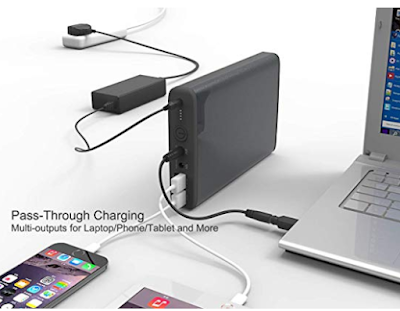Electricity from footsteps: Piezoelectric Floors
Have you ever thought of generating electricity from footsteps, an untapped natural resource? Interested? Here are the details of one such clean energy source…..
The average person takes 150 million steps in their lifetime. Some people walk 40,000 steps a day. When people are stepping on the ground they are losing some energy, and the idea here, is to benefit from that lost energy and make it useful. Piezoelectric floor produces power when peoplewalk on it. During the rush hours, large group of people walk around the places like metro or train stations, urban residents walk allots, schools, supermarkets, etc. At this moment people are wasting their energy from their footsteps. This energy can be used to light and power their buildings. One step is enough for 7 watts of energy production! Piezoelectric floors are not only producing green energy, they’re even made from 100% recycled rubber which makes them even more sustainable.
How Does it Work?
The top surface of the Piezoelectric flooring is made from 100% recycled rubber and the base of the slab is constructed from over 80% recycled materials. Little piezoelectric materials are also placed under the floor panel.The system can be simply retrofitted in place of existing flooring systems as well as specified for new developments.Also, they are designed to withstand harsh outdoor locations with high footfall. The slabs are waterproof to allow them to operate efficiently in both internal and external environments.
A single footstep causes pressure when the foot hits the floor. A negative charge is created on the expanded side and a positive charge is created on the compressed side. As this pressure is relieved, electric current flows across the substance.
When the flooring is engineered with piezoelectric technology, the electrical charge produced by that pressure is captured by the floor sensors, converted to an electrical charge by piezo materials (usually in the form of crystals or ceramics), then stored and used as a power source.The amount of energy generated depends upon the weight of the person, maximum deflection and type of movement.
Application of Piezoelectric Floors
1. Piezoelectric flooring is ideal for places that receive heavy foot traffic.
2. Piezoelectric flooring can be installed at tourist attractions, town halls, schools, Gyms, stadiums (football), subway stations, airports, universities and malls.
3. Piezoelectric flooring can also be installed on dance floors in Night Clubs.
Examples of few places where Piezoelectric floors are installed
Piezoelectric flooring has been installed at :
1. ‘Bird Street’, which runs off Oxford Street, the busiest shopping site in Europe.
2. Large scale outdoor installation in the heart of one of the US’s busiest cities, Washington D.C (at DUPONT Circle).
3. At Terminal 3, Heathrow Airport, London, UK.
4. A 68-tile walkway in Sandton City Mall, South Africa. The energy harvested was stored and donated to power a technology classroom in Sunrise Secondary School in the local rural village of Diepsloot.
5. Federation Square, Melbourne, Australia.
6. All the displays in the East Japan Railway Company's Tokyo station have been powered by people walking on the piezoelectric flooring.
Piezoelectric flooring has been installed in many more countries all around the world, across various sectors including train stations, shopping centers, airports, Dance clubs and public spaces.
CAdvantages
1. Environmental friendly
2. High Portability
3. Simplicity
4. Cost effectiveness
DDisadvantages
1. Not suitable for suburban areas or places with low pedestrian flow.
2. Energy efficiency is low.
Conclusion
The global electricity demand will grow by almost 80% during the period of 2012-2040. The share of renewable sources in total power generation will rise from 21% recorded in 2012 to 33% by 2040 (source: International Energy Agency). The rapidly-increasing share and importance of renewables in power generation sector has led to developments of several sustainable technologies.One such clean energy technology is piezoelectric flooring.Scientists estimate that the energy generated from piezoelectric flooring on a 10-mile stretch of freeway could provide power for the entire city. (population: more than 105,000).Currently costing around $150 per square foot (depends on company), piezoelectric tiles haven’t quite gone mainstream yet, but it is so exciting to think of how this technology will become more common.
Sources:





Comments
Post a Comment